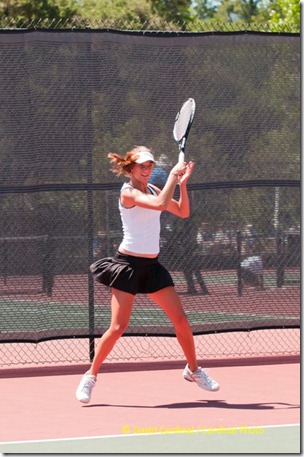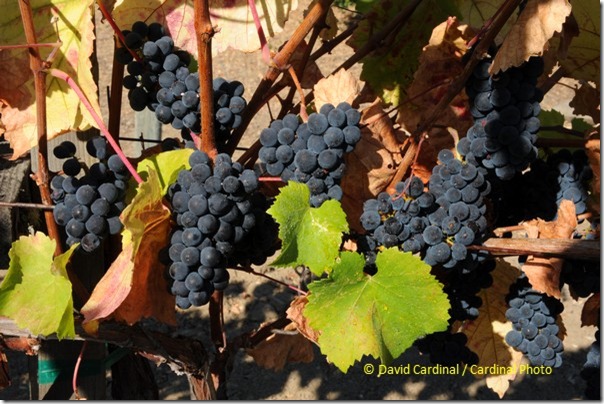- Photo Safaris
- Alaska Bears & Puffins World's best Alaskan Coastal Brown Bear photo experience. Small group size, idyllic location, deluxe lodging, and Puffins!
- Participant Guestbook & Testimonials Candid Feedback from our participants over the years from our photo safaris, tours and workshops. We don't think there is any better way to evaluate a possible trip or workshop than to find out what others thought.
- Custom Photo Tours, Safaris and Personal Instruction Over the years we've found that many of our clients & friends want to participate in one of our trips but the dates we've scheduled just don't work for them or they'd like a customized trip for their family or friends.
- Myanmar (Burma) Photo Tour Myanmar (Burma) Photo Tour December 2017 -- with Angkor Wat option
- Reviews Go hands-on
- Camera Reviews Hands-on with our favorite cameras
- Lens reviews Lenses tested
- Photo Accessories Reviews Reviews of useful Photo and Camera Accessories of interest to our readers
- Useful Tools & Gadgets Handy tools and gadgets we've found useful or essential in our work and want to share with you.
- What's In My Camera Bag The gear David Cardinal shoots with in the field and recommends, including bags and tools, and why
- Articles About photography
- Getting Started Some photography basics
- Travel photography lesson 1: Learning your camera Top skills you should learn before heading off on a trip
- Choosing a Colorspace Picking the right colorspace is essential for a proper workflow. We walk you through your options.
- Understanding Dynamic Range Understanding Dynamic Range
- Landscape Photography Tips from Yosemite Landscape Photography, It's All About Contrast
- Introduction to Shooting Raw Introduction to Raw Files and Raw Conversion by Dave Ryan
- Using Curves by Mike Russell Using Curves
- Copyright Registration Made Easy Copyright Registration Made Easy
- Guide to Image Resizing A Photographers' Guide to Image Resizing
- CCD Cleaning by Moose Peterson CCD Cleaning by Moose Peterson
- Profiling Your Printer Profiling Your Printer
- White Balance by Moose Peterson White Balance -- Are You RGB Savvy by Moose Peterson
- Photo Tips and Techniques Quick tips and pro tricks and techniques to rapidly improve your photography
- News Photo industry and related news and reviews from around the Internet, including from dpreview and CNET
- Getting Started Some photography basics
- Resources On the web
- My Camera Bag--What I Shoot With and Why The photo gear, travel equipment, clothing, bags and accessories that I shoot with and use and why.
- Datacolor Experts Blog Color gurus, including our own David Cardinal
- Amazon Affiliate Purchases made through this link help support our site and cost you absolutely nothing. Give it a try!
- Forums User to user
- Think Tank Photo Bags Intelligently designed photo bags that I love & rely on!
- Rent Lenses & Cameras Borrowlenses does a great job of providing timely services at a great price.
- Travel Insurance With the high cost of trips and possibility of medical issues abroad trip insurance is a must for peace of mind for overseas trips in particular.
- Moose Peterson's Site There isn't much that Moose doesn't know about nature and wildlife photography. You can't learn from anyone better.
- Journeys Unforgettable Africa Journeys Unforgettable -- Awesome African safari organizers. Let them know we sent you!
- Agoda International discounted hotel booking through Agoda
- Cardinal Photo Products on Zazzle A fun selection of great gift products made from a few of our favorite images.
- David Tobie's Gallery Innovative & creative art from the guy who knows more about color than nearly anyone else
- Galleries Our favorite images
Nikon 28-300mm Lens: The Ultimate All-in-One Lens for Full-frame Shooters?
Nikon 28-300mm Lens: The Ultimate All-in-One Lens for Full-frame Shooters?
Submitted by David Cardinal on Thu, 09/30/2010 - 14:46
![pl_pv-vineyard_0730[3] pl_pv-vineyard_0730[3]](http://www.cardinalphoto.com/files/David%20Cardinal/pl_pvvineyard_07303_thumb.jpg) Any Nikon shooter who has switched back to full frame cameras from the popular DX size sensor is likely to tell you how much they miss the excellent and convenient Nikon 18-200mm “all-in-one” zoom that until now has been the ultimate vacation and travel lens. Good enough for simple pro projects but small, flexible and convenient enough to be the only lens for many amateur and entry level “prosumer” photographers with DX size sensors. But what about for full frame shooters? Does the 28-300 fit the bill? Read on to find out…
Any Nikon shooter who has switched back to full frame cameras from the popular DX size sensor is likely to tell you how much they miss the excellent and convenient Nikon 18-200mm “all-in-one” zoom that until now has been the ultimate vacation and travel lens. Good enough for simple pro projects but small, flexible and convenient enough to be the only lens for many amateur and entry level “prosumer” photographers with DX size sensors. But what about for full frame shooters? Does the 28-300 fit the bill? Read on to find out…
The Facts
Feature for feature the Nikon 28-300mm Lens is a nearly exact analog for full frame of the Nikon 18-200mm Lens for the DX format. The focal lengths are effectively the same, the apertures are almost identical and both feature VR image stabilization and AF-S for fast and quiet focusing. The excellent 20 inch Minimum Focusing Distance of the 18-200 which makes it suitable for casual macro shoots is even slightly improved to 18” on the 28-300.
Of course support for the larger sensors comes at a cost in size, weight and well, cost. The 28-300 is almost 40% heavier at 28 ounces versus 20 ounces, and about 15% larger at 4.5” long by 3.3” wide versus 3.75” long by 3” wide. And it sells for about $1050 instead of $750.
Both lenses feature very quick focusing for super-zooms using Nikon's Silent Wave Motors (SWM), earning them the AF-S badge. And they have excellent Vibration Reduction which allows plenty of flexibility in how and when you go about shooting. Like most modern Nikon lenses, these are "G" lenses which no longer have a manual aperture ring relying instead on camera controls for focusing.
The close minimum focus distance (MFD) of the new Nikon 28-300mm Lens makes close-up images like this one simple.
But obviously the choice will seldom be between these two lenses directly. If you have decided to move to full frame and want to keep the convenience of a super-zoom you really don’t have a choice—at least in Nikon brand lenses. Your only option is the Nikon 28-300mm Lens. Fortunately as I found out after shooting with one for awhile, it is a really excellent solution to the problem.
Image Quality
Side by side the 28-300 holds up excellently when images are compared to ones taken with the Nikon 18-200mm Lens. As a harder test I shot the 28-300 on a D700 versus the pro Nikon 70-200 f/2.8 on a D300 (yielding the same effective focal length) while covering some tennis matches. Below you can see an example shot from each. If you didn’t know which was which it wouldn’t be easy to tell the difference.
The image on the left was taken with a Nikon D300 and Nikon 70-200 f/2.8 AF-S zoomed in while the one on the right was captured with a Nikon D700 and the reviewed Nikon 28-300mm Lens. Click on the image to see a slightly larger version.
Speed and Convenience
Like the Nikon 18-200mm Lens the Nikon 28-300mm Lens is quick to focus because of its Silent Wave Motors (SWM). It can’t match a true pure-bred action lens like the excellent 70-200mm f/2.8 AF-S Lens for either pure speed or ease of zooming—and the way the lens changes shape will bother some folks—but for what it does it works very well. It was easy to photograph a lively tennis match with the lens for example. Of course you also give up the ability to absolutely isolate the subject like you can with an f/2.8 lens, but remember that buying a Nikon 24-70mm f/2.8 and the Nikon 70-200mm f/2.8 Lens will set you back nearly $4,000 and put a real dent in your shoulder compared to the relatively tiny 28-300mm lens which covers that whole range as a single lens costing just over $1K.
It was great to be able to move from telephoto to wide-angle when photographing this vineyard all with a single lens.
Should You Buy the Nikon 28-300mm Lens?
As a bottom line, if you are looking for the convenience you had with the 18-200 and you miss it on full frame you should run out and buy one as soon as you can. B&H has them in stock for $1049.
If you are a pro hoping to simplify and replace multiple f/2.8 pro lenses with a single lens, you’ll be making some serious compromises in features and a tiny bit in sharpness. But if you are looking for a companion lens as a backup or as a travel lens for when you need to pack light, you’ll love this little beauty.
If you only shoot DX sensors, there really isn’t any reason to spend the additional money to buy the larger, heavier Nikon 28-300mm Lens and you might was well stick with the Nikon 18-200mm Lens.
Whatever you decide, let us know in our forums how it works out.—David
- Log in to post comments

![pl_pv-vineyard_0410[3] pl_pv-vineyard_0410[3]](http://www.cardinalphoto.com/files/David%20Cardinal/pl_pvvineyard_04103_thumb.jpg)



